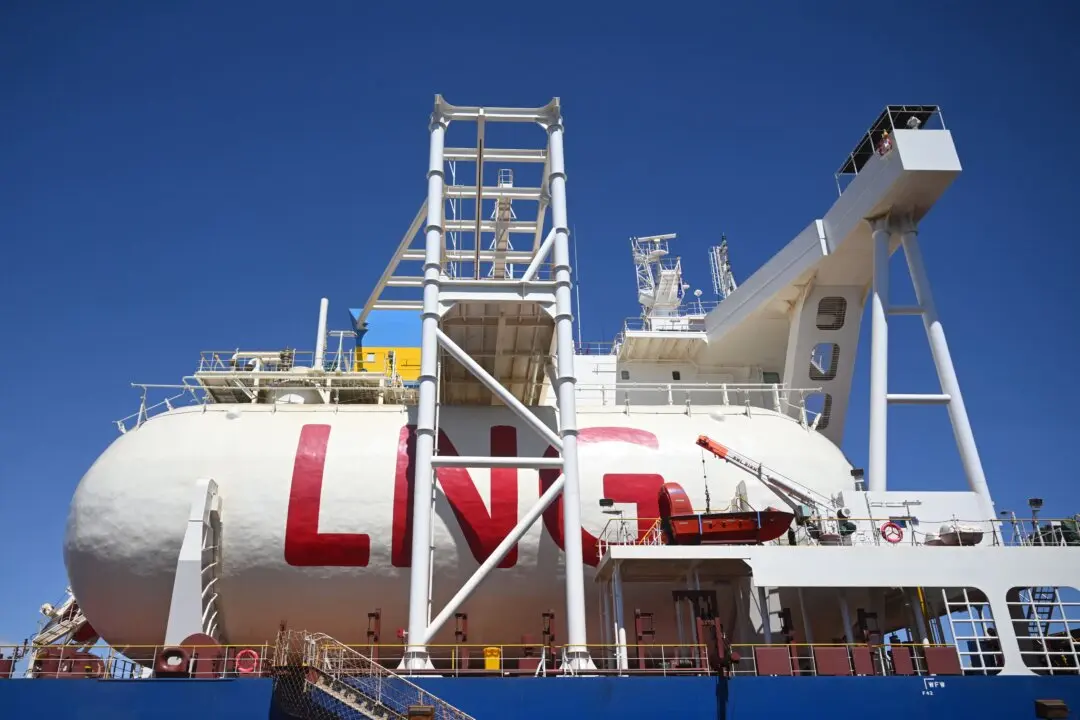Farmers recovering from drought are expected to edge Australia’s agriculture production higher amid the coronavirus-induced global recession.
Higher rainfall is predicted to push total production to $61 billion in 2020/21 driven by a strong rebound in grain production, which is forecast to rise 15 percent.





